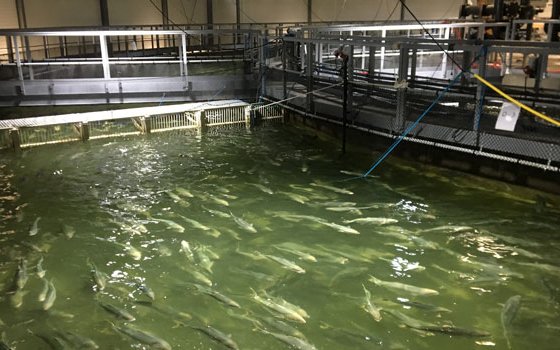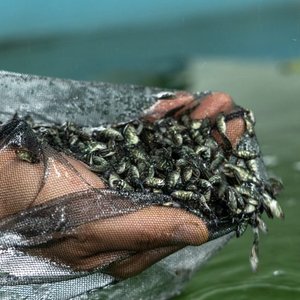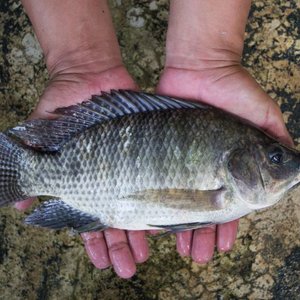The combined use of ozonation and foam fractionation significantly improves the water quality in freshwater recirculating aquaculture systems (RAS), a recent study concluded. Results showed that numbers and total volume of suspended particles were reduced by 89% and 76%, respectively, water turbidity was improved by 79% and bacterial activity was reduced by 90% compared to control RAS.
Researchers from DTU Aqua assessed the effects of those improvements in water quality on the welfare status of the rainbow trout juveniles present in RAS. Ozone and foam fractionation were applied separately or in combination in a two-by-two factorial design with triplicated individual RAS. The trial was 8-weeks long and the welfare of the fish was assessed on week 4 (mid-term) and on week 8 (final). Fish welfare was assessed by using a combination of variables related to physiological stress, oxidative stress, growth performance, energy metabolism and external damage.
Feed amounts were kept constant during the study to maintain homogeneous water quality conditions through the study, resulting in a decreasing specific feeding ration during the experiment. Restrictive feeding affected a number of variables related to the metabolic condition of the fish, but those effects were similar for all treatments.
Effects of ozonation, foam fractionation and their combination on fish welfare were modest. Both ozone and foam fractionation led to an improved skin condition of fish and seemed to act complementarily when applied together. Furthermore, foam fractionation had a small significant effect in improving the fish condition factor with respect to the fish in the RAS without foam fractionation.
While the size of the described effects was small, they were the result of short-term exposure to the improved water quality, researchers said. “Further studies should focus on investigating the long-term effects of ozonation and foam fractionation on fish welfare in RAS-based aquaculture,” reseachers concluded.
Check out the study here.













